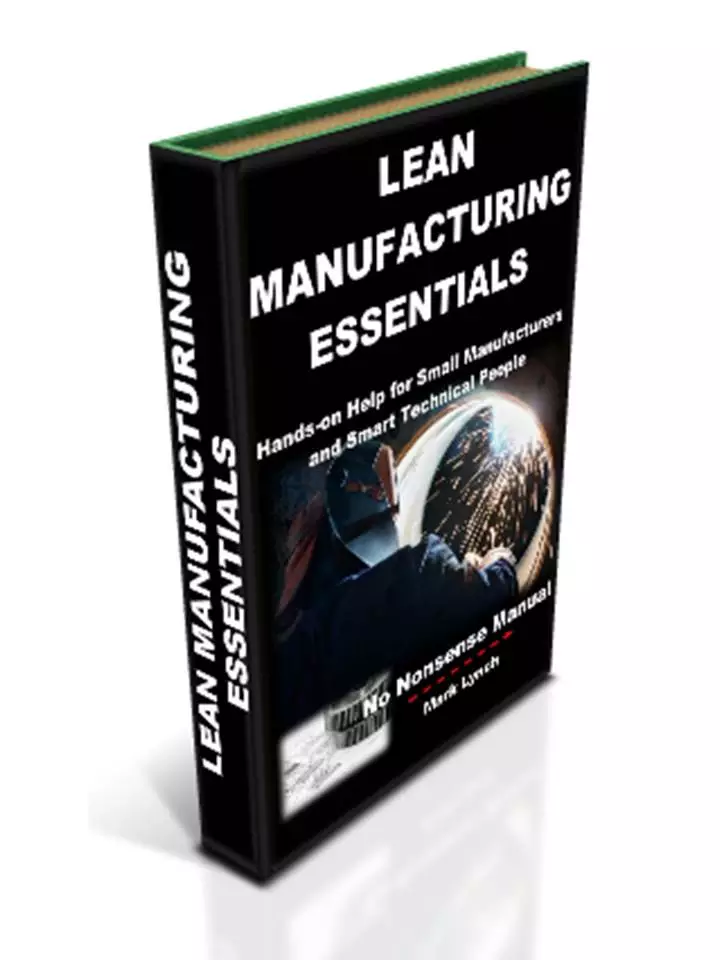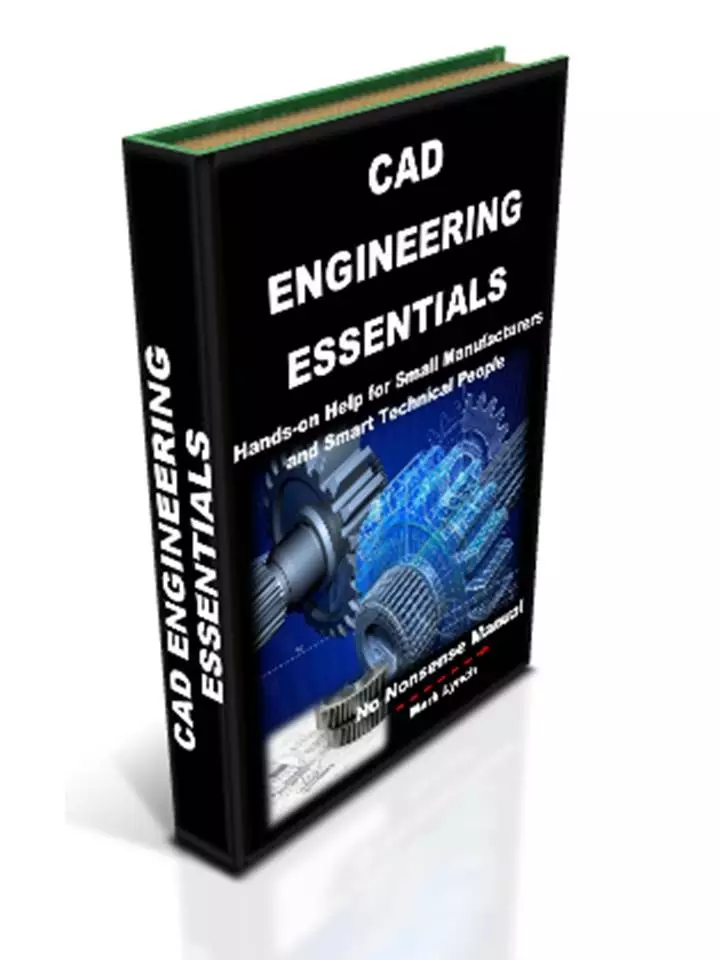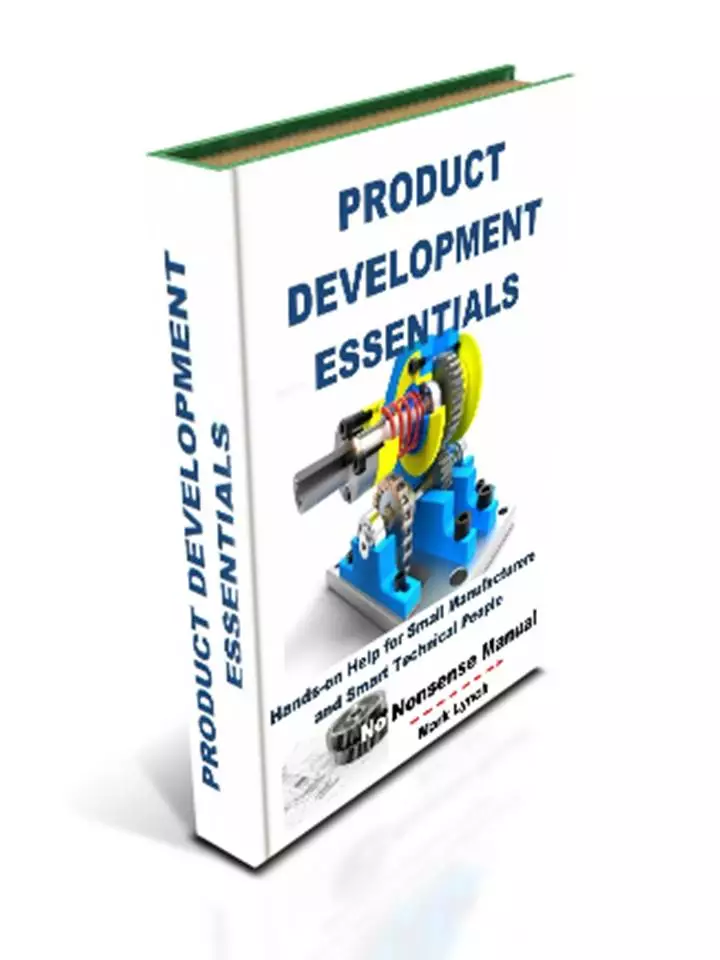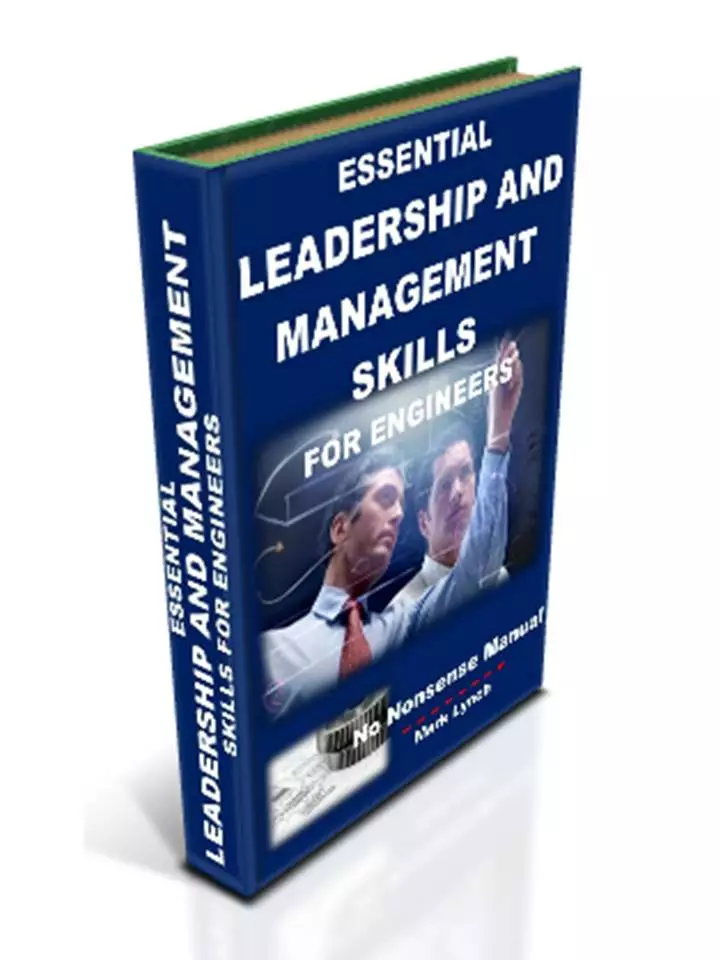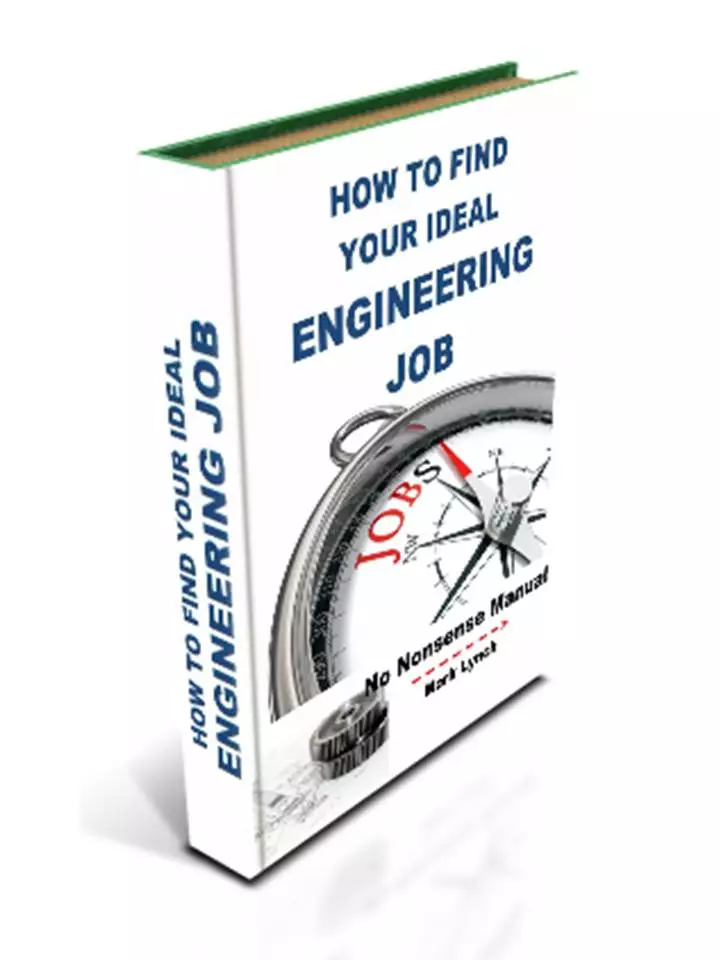'Hands-on Help for SMEs' and Smart Technical People'
Value Stream Mapping
Inc Takt Time
Lean Manufacturing Tools and Techniques
Value Stream Mapping, in the context of lean manufacturing, is a technique used to illustrate the flow of materials, parts and information. The aim is to increase what is valuable to the customer, by removing what is wasteful. By visualising this process it is possible to make improvements by analysing it, followed by modification. This improves flow. The value stream is mapped with a flow chart, with standard symbols to depict the flow of different types of inventory and information.
Mapping the value stream within your factory is particularly useful for the small manufacturer who wants to better understand these flows, with a view to modifying and improving them. The value stream can also be mapped more broadly, to understand materials, information and product flows before and beyond your factory. For example, in the supply chain, through logistics, distribution and on to the customer.
Value stream mapping enables waste to be minimised by visualising, planning and eliminating it across the range of activities you undertake. In this way, different waste reduction initiatives can be linked, with a view to adding value through the whole value chain, rather than only with local, separate waste reduction schemes.
Value stream maps are first undertaken to identify the current state – that is, mapping the flow of materials and waste as things stand at the moment. The process map flow chart is then analysed, with both value added activities and waste (all 7 forms) being identified. Different symbols exist for the types of materials and information you’d expect to find within a manufacturing environment.
Following the analysis, the future state map is designed. This is based on the ideal state, where waste in all its forms has either been minimised or even better, eliminated. The result is a move nearer to continual flow of materials and components, together with information being supplied when needed. You can see how this is both a more efficient use of resources, as well as being more productive.
In order to move from the current to the future state, develop an action plan listing what changes on the ground will be necessary to make the improvements happen. Work with team members to decide what will need to be rearranged, added, removed, or modified in some way. Is training an issue? Additionally, what is your communication plan – who needs to know? What are your timescales and what is the sequence of events? Importantly, how will these changes impact routine production? Do you intend to make changes in increments or alternatively go for the ‘big bang’ approach, where you stop production for a period, make all your changes, and then start again with the new state?
In the spirit of continuous improvement, following the implementation of the future state, benefits should be measured. How long do steps take now? What about the wastes you identified? Are they minimised and eliminated as you planned? Quantify what works well. Tweak and modify what doesn’t. What are the opinions of those the changes affect? Value stream map the same area again, at a set time in the future.
Value stream mapping involves the practical business of tracking items through your factory. Start when they come in, walk with them, following their typical journey, and record the average time they spend at each station. This may include time in stores, in inventory buffers and as parts of larger assemblies. Apart from identifying the route and the time taken, you’ll get a clearer understanding of who interacts with the parts, what information they require, how items are physically moved and all importantly, how each of the 7 wastes can be tangibly identified throughout the process. This new awareness provides the opportunity to eliminate or minimise the wastes.
It is worth exploring and researching the topic further. Get familiar with the symbols and the value stream mapping flow charts. Obtaining formal training is an option, perhaps with a view to ‘training the trainer’ and disseminating the knowledge to team leaders and employees within your organisation. Raising staff understanding of value stream mapping helps increase interest in lean manufacturing. Employees can see how their work stations and factory can be improved, therefore making their own roles better.
Why not get employees involved once they’ve had some rudimentary training? After all, they best understand what actually happens on the ground. Get them participating, breaking down processes into steps (the boxes on a flow diagram). Once familiar with the common symbols used in value stream mapping, they can be added to the boxes to rapidly build up a descriptive picture of your processes. Why not consider undertaking a pilot project on a production cell or workstation to see how value stream mapping can work in your organisation?
Value Stream Mapping simplified and explained (courtesy of bizbodz.com)
Takt Time
Closely linked to Value Stream Mapping is the concept of Takt Time. This is the natural rate of production, which should be dictated by customer demand. So, the need for a product should determine how fast inventory is pulled through the factory, with value being added at each stage to produce goods. In short, with Takt Time customer demand pulls materials through your plant. When you supply one, you make another – at the pace dictated by the customer. In this way Takt Time is the natural rate, or the ‘heart beat’ of your production. Takt time is, by definition, very lean. It discourages a number of the 7 wastes, such as overproduction, waiting, inventory and unnecessary transporting.
Value Stream Mapping is a core tool of lean manufacturing. It illustrates all 5 principles identified by Womack and Jones in their best-selling booking Lean Thinking; namely Value, the Value Stream, Flow, Pull and Perfection (in the form of continual improvement).
Takt Time: Simple Explanation
Next... Total Productive Maintenance – TPM
Back to Lean Manufacturing Essentials
Lean Tools - Best Thing Since Sliced Bread?... Or Hugely Overated? What do You Think?...
What is your experience when applying Lean Manufacturing Tools in the workplace? Which ones have you tried and had success with?
Alternatively, which just didn't work, especially in the long term? - Share your story... and get a FREE copy of our report 'Helping You and Your Manufacturing Business Thrive'...
PS: Feel free to name-drop your firm! There's nothing wrong with a bit of free publicity!
What Other Visitors Have Said
Click below to see contributions from other visitors to this page...
New book - Value Stream Mapping by Karen Martin and Mike Osterling Not rated yet
Thank you for this post. So many people don't fully understand why value stream mapping is a vital practice for achieving outstanding business performance …

